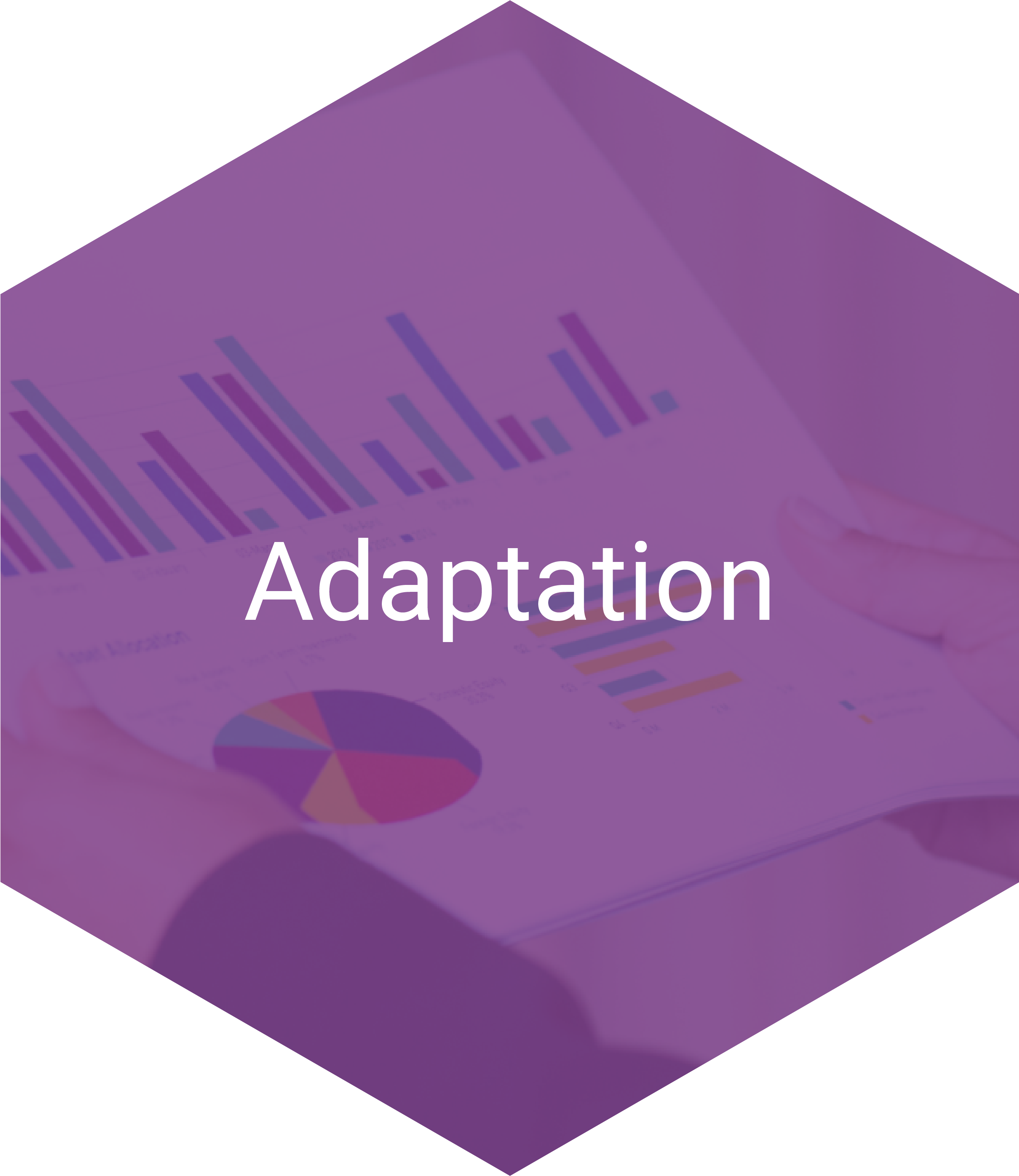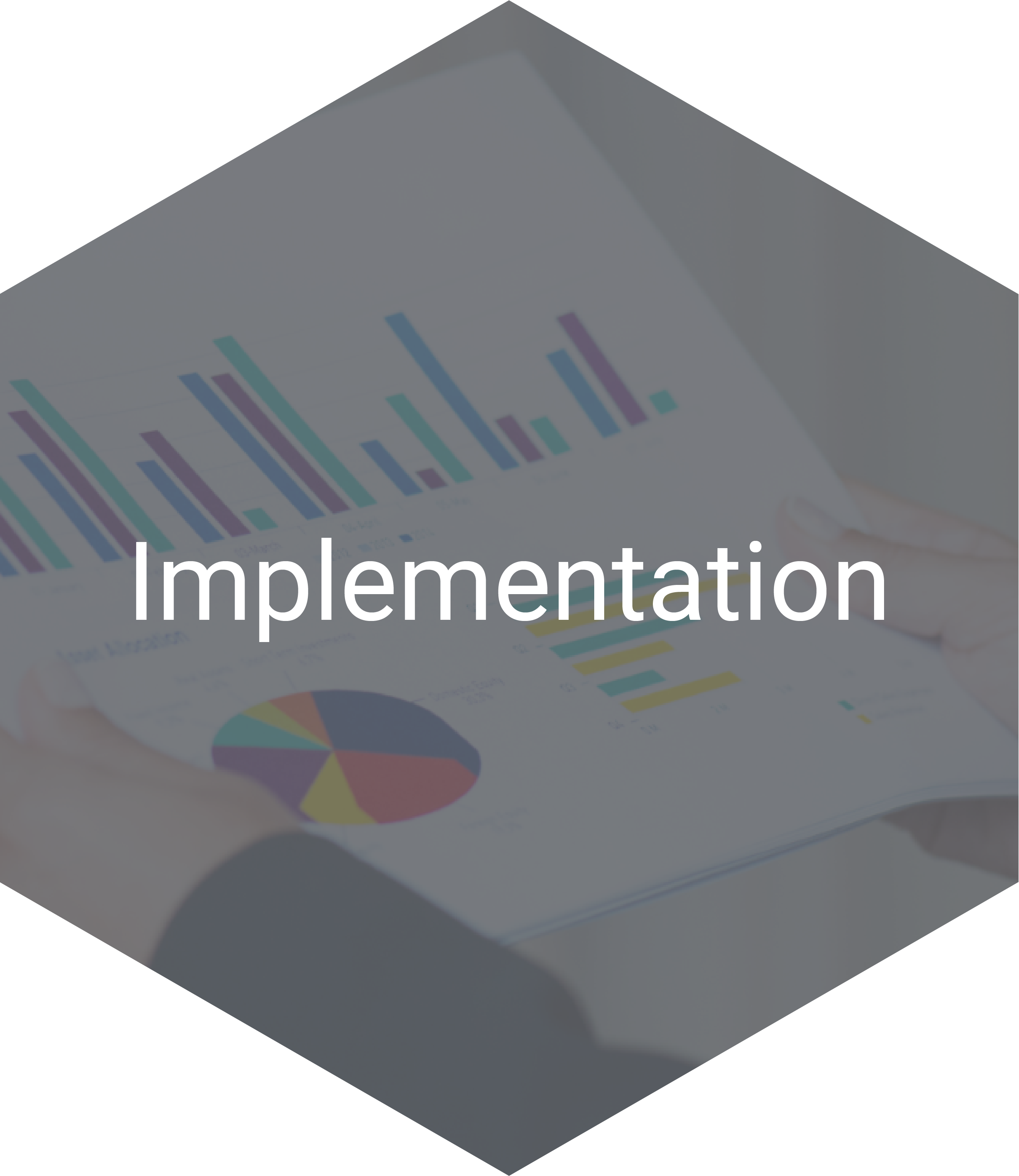Stories
Stories illustrate how the concepts presented in each section can be applied. These brief real-life examples present how others have successfully done this work.
Northeastern Stories
6 ResultsAligning Existing Efforts in Prevention Planning in Morris County, NJ
As members of the Safe Start Initiative in Morris County, New Jersey, worked more closely together, they realized they were most effective when member organizations agreed to complete tasks that aligned with their existing activities. In order to strengthen the skills of parents and caregivers, the steering committee had to be realistic about how each member organization’s mandate and funding overlapped with the coalition’s goals. This deeper understanding of member organizations’ priorities enabled the coalition to develop short- and long-term objectives, and a multi-year work plan to guide their efforts and hold member organizations accountable.
Source: Centers for Disease Control and Prevention, https://www.cdc.gov/child-abuse-neglect/communication-resources/efc-building-community-commitment.pdf
Aligning system policies and procedures in New Jersey
Successfully implementing a policy approach may mean changing systems to make the policies easier to enforce. In New Jersey, a centralized intake system helps families access services, such as home visiting, pediatric and adult primary care, and social services, all through a single entry point. The model began with a focus on linking infants and pregnant women to the state’s home visiting programs and has since expanded, with intake hubs in every county that provide referrals and linkages to other programs, including Head Start and Early Head Start and high-quality childcare centers. Central intake is part of a larger interagency collaboration across four state departments—health, children and families, human services, and education—to build a comprehensive pregnancy-to-age-8 early learning plan for New Jersey.
Source: Association of State and Territorial Health Officials, https://www.astho.org/Prevention/Essentials-for-Childhood-Policy-Guide/
Boston's Approach to Funding Neighborhood Youth Violence Prevention Projects
As an outcome of the initial planning process, each Violence Intervention Program (VIP) neighborhood coalition in Boston submitted a proposal for youth violence prevention projects. A youth development strategy based on the best available evidence was selected and implemented in three VIP neighborhoods. It was designed to help youth gain new skills, hold jobs in local organizations, and develop leadership abilities. In addition to reducing shooting incidents and other forms of community violence, the goal of the strategy is to inspire feelings of opportunity in residents and particularly young people.
Source: Centers for Disease Control and Prevention, https://vetoviolence.cdc.gov/apps/stryve/grantee-profiles#boston
Broad Partnerships to Promote Family-Friendly Workplaces in Rhode Island
The Rhode Island Parental and Family Medical Leave Act was accomplished through a broad partnership that chose to frame the need for paid family leave as an economic issue (i.e., excess costs to businesses when they lose valued employees and have to recruit and retrain new ones, and lost revenue for the state due to women being out of the workforce). The partnership also focuses on paid family leave as a caregiver issue (i.e., not a women’s issue), which affects caregivers of newborns through the elderly.
Source: Centers for Disease Control and Prevention, https://www.cdc.gov/child-abuse-neglect/communication-resources/efc-BoostYourCompetitiveEdge-508.pdf
Establishing Connecticut’s Two-Generation Policy
Policy approaches can shape the social environments in which children grow up in ways conducive to better health and well-being. In 2015, Connecticut passed a provision in the state budget establishing what it calls a “two-generational” school readiness and workforce development pilot program to foster family economic self-sufficiency in low-income families. The program delivers early education and workforce services concurrently across generations (i.e., parent and child or caregiver). To oversee the program, the legislation established an interagency workgroup comprised of commissioners of the departments of public health, social services, early childhood, education, housing, transportation, labor, and corrections, as well as the chief court administrator, nonprofit and philanthropic organizations, and other business and academic professionals.
Source: Association of State and Territorial Health Officials, https://www.astho.org/Prevention/Essentials-for-Childhood-Policy-Guide
Using a Data Driven Planning Approach in Rhode Island
In order to ensure that the planning process was data-driven, the Rhode Island Intimate Partner Violence Prevention Plan drew on demographic and community data, including several statewide surveys and school-based assessments. A prevention system capacity assessment identified strengths and challenges. The resulting data-driven plan focuses on preventing first-time perpetration of intimate partner violence, with elements designed to promote sustainability and capacity development.
Source: Centers for Disease Control and Prevention, https://stacks.cdc.gov/view/cdc/49184

 STORIES
STORIES RESOURCES
RESOURCES APPROACHES
APPROACHES CONTACT
CONTACT





